If you’ve ever felt drawn to tiny, intricate creations, you’re not alone. I’ve always been interested in model kits, and diving into this hobby has been both relaxing and rewarding. Building model kits isn’t just about assembling plastic pieces. It’s about patience, creativity, and the joy of seeing a project come to life.
Image suggestion: Place an image of a completed model kit or a work-in-progress model on a desk at the top of the post.
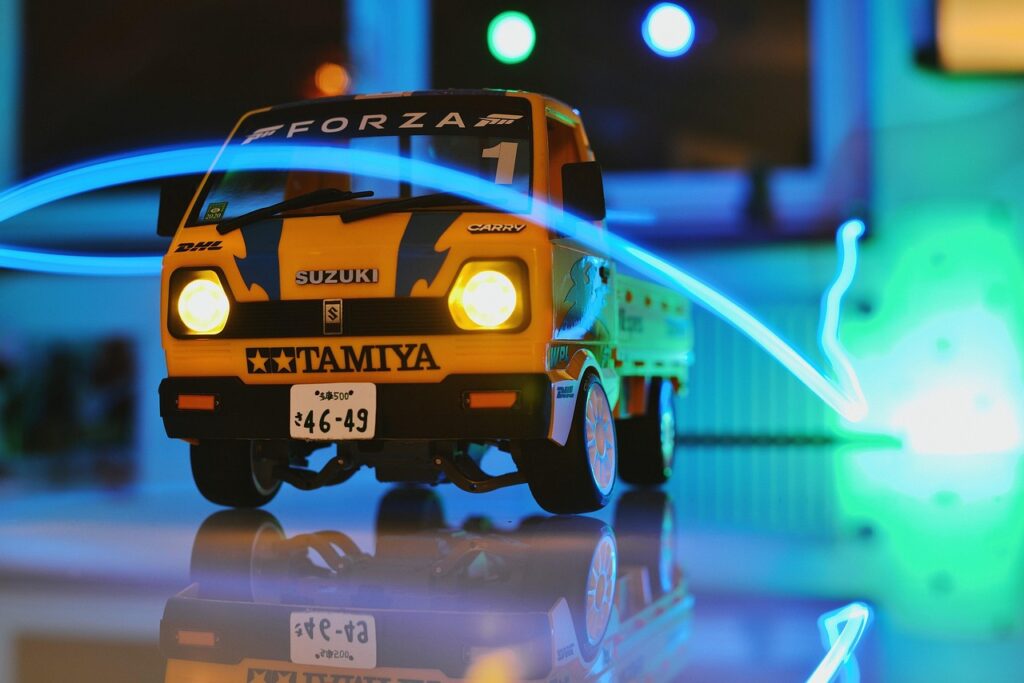
Why I’m Interested in Model Kits
There are several reasons why I’m deeply interested in model kits:
- Stress relief: Working with small pieces requires focus, which helps clear the mind.
- Creativity: You can customize, paint, and detail each model your way.
- Satisfaction: Completing a kit gives a tangible sense of achievement.
- Learning skills: You develop hand-eye coordination, patience, and problem-solving.
Many beginners overlook the emotional benefits of model kits, but for me, the combination of focus and creativity makes it an addictive yet calming hobby.
Question for readers: Have you ever tried assembling a model kit before, or are you just curious about it?
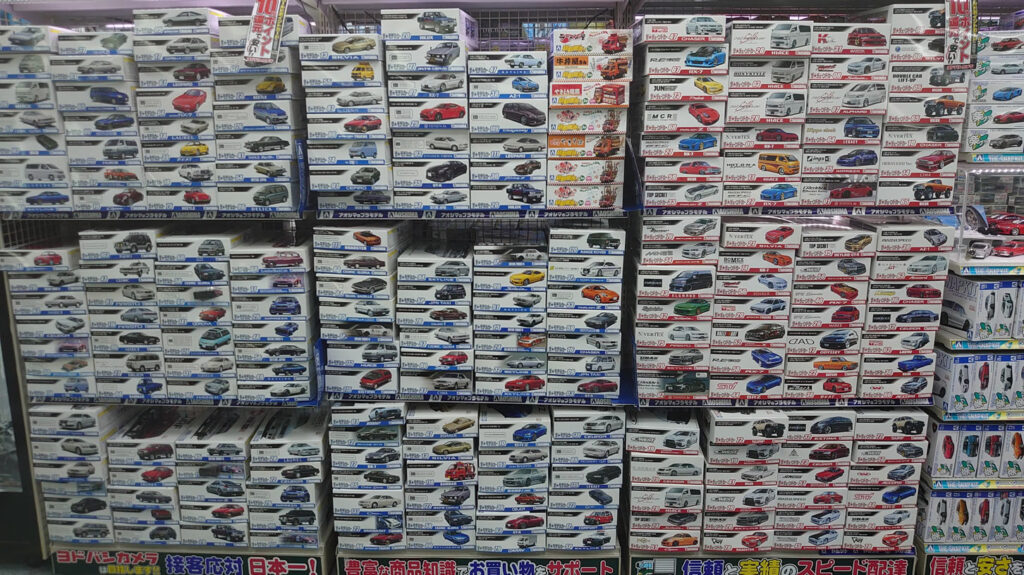
Types of Model Kits to Explore
If you’re new and interested in model kits, it’s helpful to know what options are out there:
- Plastic model kits: These are the most common, like cars, planes, or robots. (Tamiya)
- Wooden kits: Great for architectural models or small furniture replicas.
- Metal kits: Often more advanced, ideal for vehicles or miniatures.
- Resin kits: Highly detailed models, perfect for collectors and hobbyists who love painting.
Choosing a type depends on your skill level and what excites you most. Beginners often start with simple plastic kits to build confidence.
Essential Tools for Beginners
When starting, having the right tools makes building model kits easier and more enjoyable:
- Basic tools: Hobby knife, cutting mat, tweezers, small files
- Adhesives: Plastic cement or glue depending on the kit type
- Paints and brushes: Acrylics or enamel paints for detailing
- Magnifier or lamp: Helps with precision work on tiny parts
Even if you start small, investing in quality tools will make your model kit experience smoother and more rewarding.
Tip: Start with one or two basic tools and gradually expand your collection as your interest grows.
Step-by-Step Guide to Start
Here’s a simple roadmap for beginners interested in model kits:
- Pick your first kit: Start simple to avoid frustration.
- Read instructions thoroughly: Understanding the steps first saves mistakes later.
- Prepare your workspace: Clean, well-lit area with all tools ready.
- Assemble patiently: Take breaks if needed, rushing leads to errors.
- Paint and customize: Add personal touches once assembly is complete.
- Display or share: Showcase your finished model to enjoy the sense of achievement.
Question for readers: Which type of model kit excites you the most to start with?
Common Challenges and How to Overcome Them
Even enthusiasts interested in model kits face challenges:
- Small parts lost: Use containers or trays to organize pieces.
- Glue mistakes: Apply sparingly and carefully.
- Painting errors: Practice on spare parts before touching your main model.
These small hurdles are part of the learning process. Each challenge you overcome makes completing your kit even more satisfying.
Why You Should Start Today
Being interested in model kits is only the first step, the next is taking action. Even if you start small, building a kit can improve focus, creativity, and patience. There’s no better time than today to pick up your first kit and experience the joy of creating something with your own hands.
Conclusion
If you’re interested in model kits, don’t hesitate to start your journey. From exploring different types to gathering essential tools and following step-by-step assembly, this hobby offers endless learning and satisfaction. Pick a kit today, dive in, and enjoy the creativity and achievement that comes with each completed model.
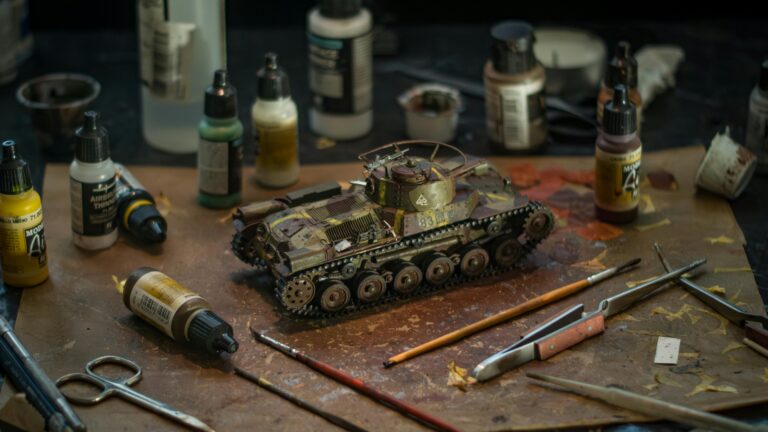
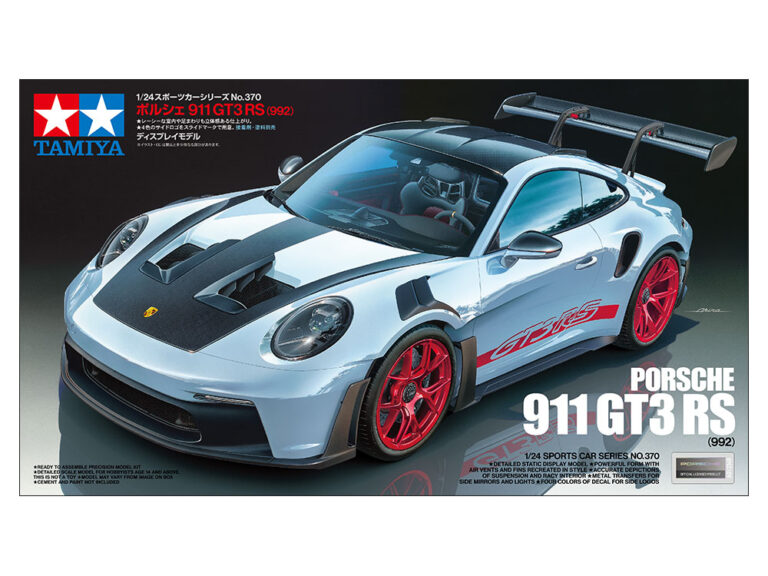
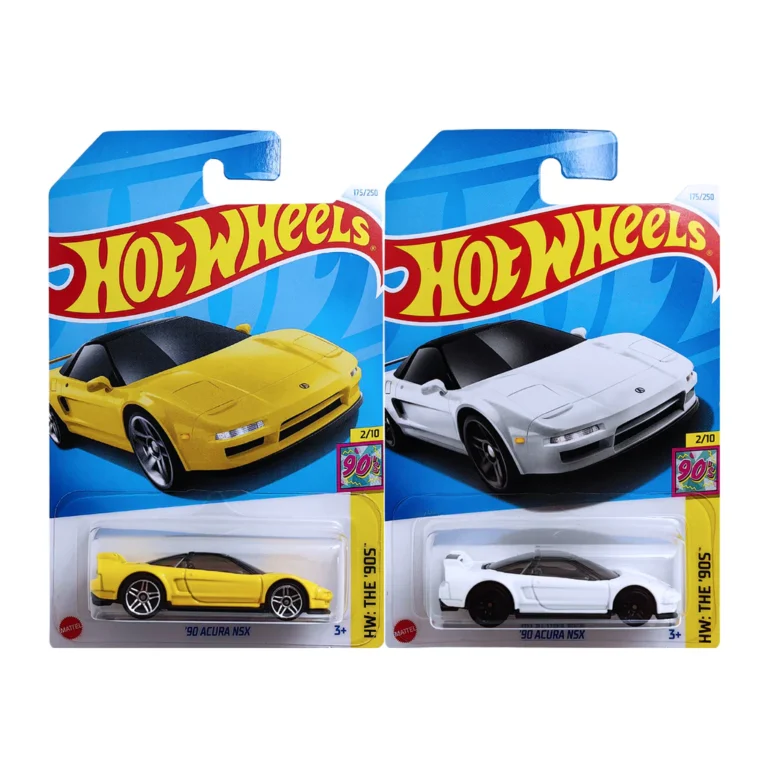
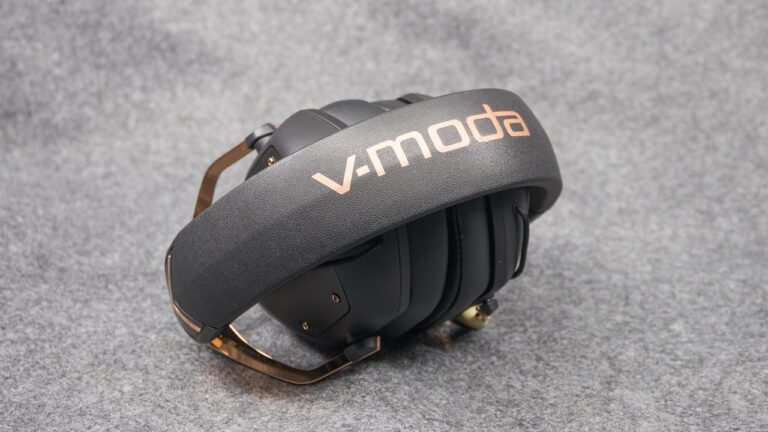


1 thought on “Why I’m Interested in Model Kits and How to Start”